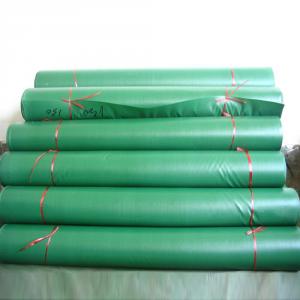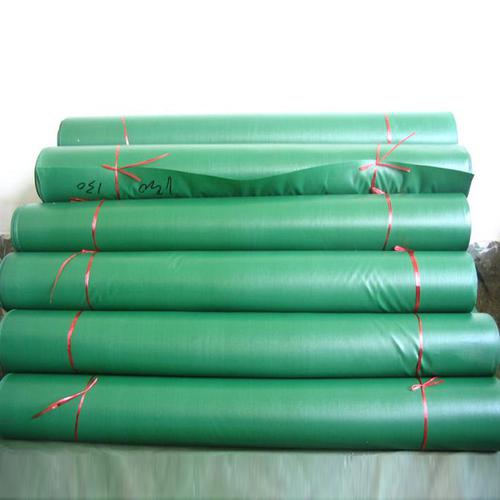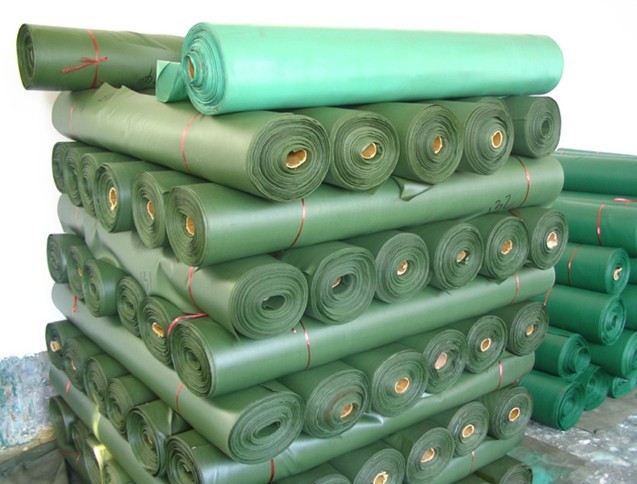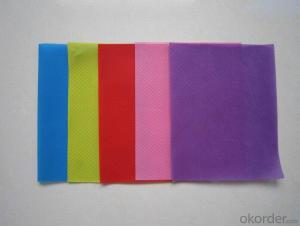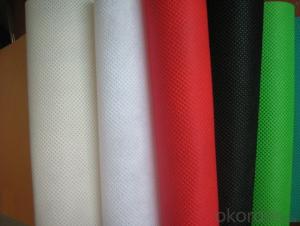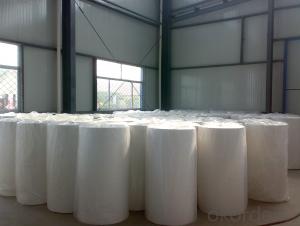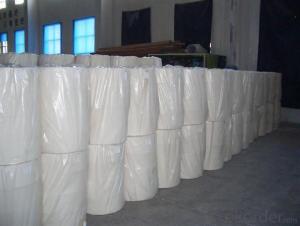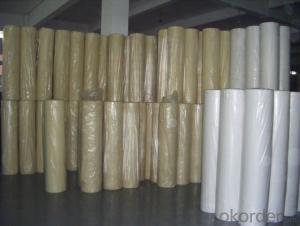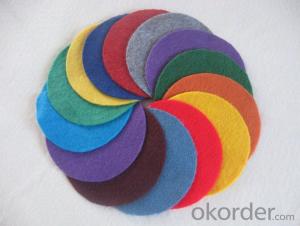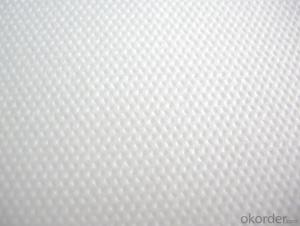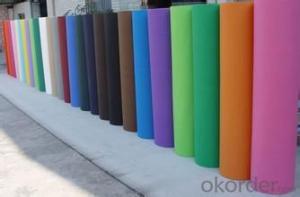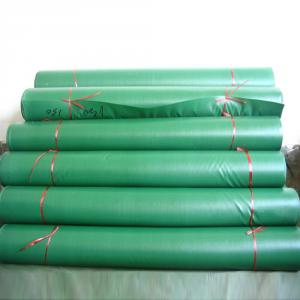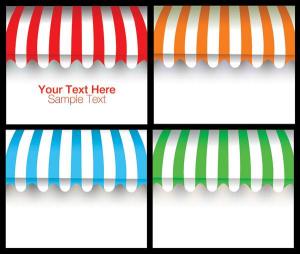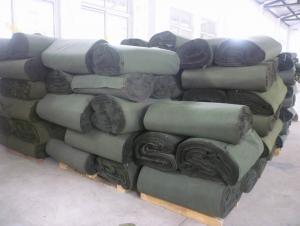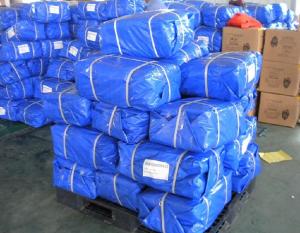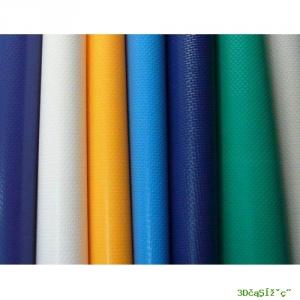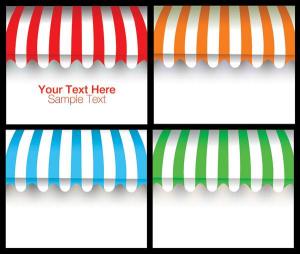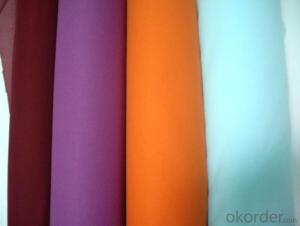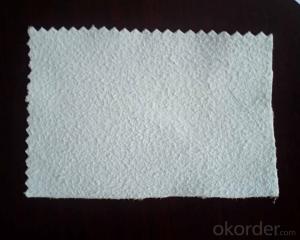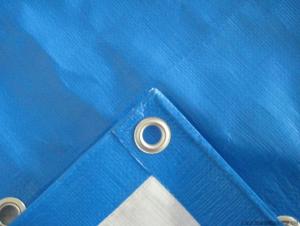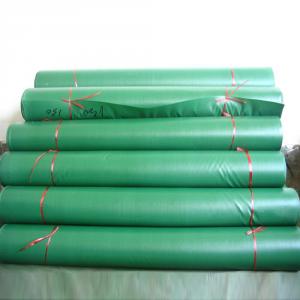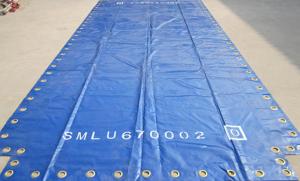GREEN TARPAULIN
- Loading Port:
- China Main Port
- Payment Terms:
- TT OR LC
- Min Order Qty:
- -
- Supply Capability:
- -
OKorder Service Pledge
OKorder Financial Service
You Might Also Like
Packaging Detail: | grade one materials pe tarpaulin: each piece pack into PP bag with lable, outside packing as client request |
Specifications
grade one materials pe tarpaulin:
1) High tensile,high quality
2) customizalbe pe tarpaulin
3) rope and grommet reinforced
PE tarpaulin/ poly tarp/ polyethylene tarpaulin /pe sheet/pe canvas/pe tarp Material 1)100% polyethylene . Both Sides LDPE (low density polyethylene) Laminated Weight: 50-300G/SQM Yarn Count 500D-1500D Weave 6*6-16*16 Width 2m,4m,6m,etc Length 100, 200,no limit Thickness 55-300 micron(0.1mm-0.3mm) Shape customizable shape Color:1)blue,green,grey,sliver,yellow,red,brown,orange,white,black, camouflage,transparent or as order Size: 1) 2x3m, 3x4m,3x5m, 4x5m, 4x6m, 5x8m, 6x8m, 6x10m, any size available |
- Q: How can paint points be removed during textile processing?
- Paint itself is not binding on the textile, are relying on cross-linking agent, adhesive to fix.
- Q: Classification of textile materials
- According to the raw materials, processing methods and composition of different, can be divided into renewable fiber, synthetic fiber and inorganic fiber three categories. The yarns made from textile fibers are diversified because of the different types of fibers and different forms of yarn processing; the resulting different yarn structures are due to the different physical properties and the use characteristics of the different yarn structures The
- Q: Textile industry belongs to the first few industries
- The first industry in the "classification of national economic industry" (GB / T 4754-2002), a category that is Class A, including agriculture, forestry, animal husbandry, fisheries and agriculture, forestry, animal husbandry, fishing services a total of five categories; Mining and salt industry into the secondary industry.
- Q: Textile enterprises to operate the project: processing and production are different?
- And production from the beginning of raw materials, such as from the thread to the weaving, made of cloth and then made into clothes.
- Q: DTY FDY POY What are the textile raw materials?
- DTY: Stretch deformation wire, full name: DRAW TEXTURED YARN. Is the use of POY to do the original wire, stretching and false twist deformation made of processing. Often have a certain degree of flexibility and contraction. (Generally divided into network and no network of silk, the network means the network node
- Q: What are the classification of the textile?
- Weft yarn, weft yarn, weft density - fabric width direction; the yarn is called weft yarn, the number of yarns in 1 inch is the weft density (weft density)
- Q: What is the specialty of textile science and engineering?
- Mainly to study how to use mechanical, physical, chemical and other high-tech means to meet the various fields and various functional requirements of the processing and performance evaluation of textiles.
- Q: What is the earliest textile tool?
- In 1975, Zhejiang Yuyao Hemudu Neolithic sites, unearthed spinning special, tubular bone needle, playing carpets and bone knife, wire rods and other textile tools. This is more than six thousand years ago has been the earliest original loom evidence. It is also the earliest original weaving tool found in the world so far.
- Q: Classification of cotton textiles
- Industrial use of a wide range of textiles, many varieties, common with Peng cloth, gun clothing, filter cloth, screen, road cloth and so on.
- Q: What is the use of polyurethane TPU hot melt adhesives in textiles?
- Carpet rubber adhesive with the basic material for the ethylene and other olefinic monomer copolymer, such as ethylene - vinyl acetate copolymer, ethylene acrylate copolymer. The vast majority of cases are the use of ethylene. Vinyl acetate copolymer (EvA).
Send your message to us
GREEN TARPAULIN
- Loading Port:
- China Main Port
- Payment Terms:
- TT OR LC
- Min Order Qty:
- -
- Supply Capability:
- -
OKorder Service Pledge
OKorder Financial Service
Similar products
Hot products
Hot Searches
Related keywords
